THE LIFE & TIMES OF SAMUEL PEPYS
AND
SAINT OLAVE’S CHURCH
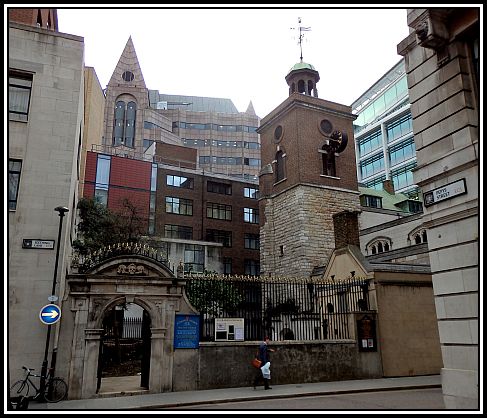 St. Olave’s Church is found at the corner of Seething Lane & Hart Street. Its main entrance is at the junction of Seething Lane & Pepys Street and it is one of the few Medieval Churches in the City of London that escaped the Great Fire of London in 1666. Samuel Pepys played an important part in the saving of the church from the Fire. Both he and his wife worshiped here on a regular basis and are buried here.
St. Olave’s Church is found at the corner of Seething Lane & Hart Street. Its main entrance is at the junction of Seething Lane & Pepys Street and it is one of the few Medieval Churches in the City of London that escaped the Great Fire of London in 1666. Samuel Pepys played an important part in the saving of the church from the Fire. Both he and his wife worshiped here on a regular basis and are buried here.
-oOo-
In July 1660, the Pepys household moved to a ten-room house in the Navy Office Buildings on Seething Lane close to St. Olave’s Church and Tower Hill. While living here, Master & Mistress Pepys survived both The Great Plague of 1665 and The Great Fire of 1666. They also survived their numerous disagreements!
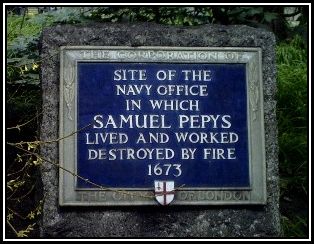 Plaque at site where the Navy Office Buildings once stood on Seething Lane. The Navy Office was built in 1656 and destroyed by fire in 1673 and was rebuilt here between 1674 and 1675. The buildings were demolished in 1788 when the Navy Office was moved to Somerset House
Plaque at site where the Navy Office Buildings once stood on Seething Lane. The Navy Office was built in 1656 and destroyed by fire in 1673 and was rebuilt here between 1674 and 1675. The buildings were demolished in 1788 when the Navy Office was moved to Somerset House
-oOo-
BRING OUT YOUR DEAD
THE GREAT PLAGUE OF LONDON – 1665
The Black Death was a Pandemic (i.e. an Epidemic on a large scale that spreads across boundaries and affecting large populations of people) that occurred throughout Asia and the Middle East during the 14th Century. The Black Death was responsible for the largest number of deaths from any disease to date. The population of Europe, with 34 million fatalities, reduced the population by one third.
Between 1665 and 1666, The City of London suffered The Great Plague. It is referred to as The Great Plague since it was the last major epidemic of Bubonic Plague to occur in England. The Epidemic was responsible for the death of 100,000 people, which was roughly 20% of the City’s population. Although there had been earlier outbreaks of The Plague, the number of deaths that resulted were less.
The introduction of The Plague into London came from Dutch trading ships moored in the Port of London that were loaded with bales of cotton filled with Fleas infected with Yersinia pestis.
-oOo-
The Plague is an infection, which was linked to the Bacterium, Yersinia pestis by the Swiss scientist, Alexandre Yersin (1863-1943), in 1894.
Yersinia pestis is:
- a Gram-Negative,
- Rod-Shaped Coccobacillus,
- Facultative Anaerobic Bacterium and
- is a Zoonotic infection.
Zoonoses are infections, which occur in animals, usually Vertebrates, and can naturally be transmitted to humans by a parasite e.g. the Flea.
The infection is spread from one rodent (a rat) to another and to humans, once they are bitten by the Vector or Carrier, namely a Flea that has ingested contaminated blood.
-oOo-
The Plague can present in three forms: Bubonic, Septicemic and Pneumonic.
Bubonic Plague affects the Lymphatic System and is the most frequent form. Those infected develop enlarged Lymph Nodes and results in open sores at advanced stages.
Septicemic plague or Black Plague, attacks the bloodstream and induces Disseminated Intravenous Coagulation (DIC). As a result, black patches appear over the body due to Sub-Dermal Haemorrhages (i.e. bleeding under the skin).
The transmission of Pneumonic Plague can be transmitted between humans without the involvement of the Flea. Although Pneumonic Plague is the least common form of The Plague, it is the most contagious with the highest mortality rate.
-oOo-
To avoid The Plague, many inhabitants fled The City. However, those that contracted the disease were shut in their homes and a large red cross was painted on their doors together with the words:
To avoid the spread of the disease, theatres and other places of congregation were closed. Animals were also thought to help spread the disease and, as a result, some 40,000 dogs and 200,000 cats were put down.
The Parishes of London maintained a weekly record of the number of deaths from The Plague. Carts were pushed along streets by men who would call out to the inhabitants of the houses to:
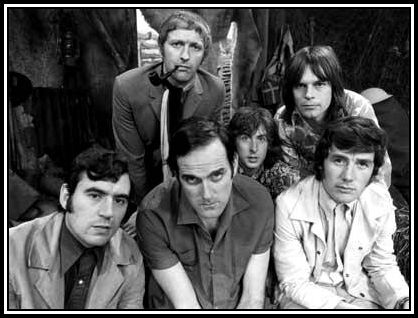 This expression has often been the basis of many Music Hall jokes and skits. Perhaps the most famous in recent years has been the one by Monty Python’s Flying Circus, which may be seen by clicking here
This expression has often been the basis of many Music Hall jokes and skits. Perhaps the most famous in recent years has been the one by Monty Python’s Flying Circus, which may be seen by clicking here
The dead were then loaded onto the carts and transported to a Plague Pit, which was originally in the grounds of a church. However, as the number of dead grew, the graveyards became filled with the dead. Dedicated Pits were hastily constructed around the fields surrounding London for the additional corpses. A good record of such sites was not kept and it is unsure where all of these Pits were dug. In August 2015, such a Pit was discovered by Crossrail workers close to Liverpool Street Station.
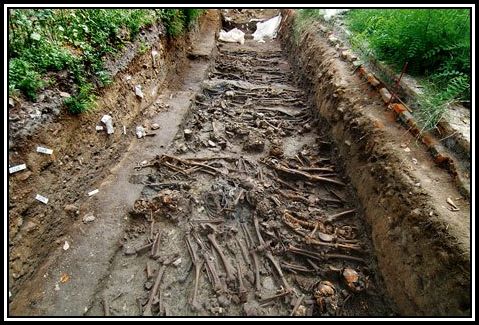 A Burial Pit in a London Churchyard
A Burial Pit in a London Churchyard
The number of dead provided by each Parish was printed on what was termed Mortality Bills with the greatest number of deaths being recorded in September 1665. By December 1665, the number had dropped sufficiently, which proved to be an encouragement to those that had fled The City to begin their return.
-oOo-
Victims were treated by Plague Doctors who were specifically hired by a community for this purpose and were required to treat both rich and poor victims. As a result of their work, they were also subject to quarantine and not allowed to mix with the well. Most of these Physicians were not normally professionally trained physicians while some were often professionals of poor reputation or else at the start of their careers.
Some Community Plague Doctors, as they were often called, wore a beak-like mask, which was filled with aromatic items that were believed to protect them from the putrid air since most people supported the Miasmatic (Miasma) Theory of Disease. The theory stated that infection resulted Miasma, which was a form of Noxious Vapour or Bad Air, known as Night Air. This theory was generally believed in Europe and Asia until 1880 when the Germ Theory of Disease became accepted.
-oOo-
Since the 20th Century, the Nursery Rhyme, A Ring, A Ring o’Roses, has often been associated with the The Plague. However, prior to this time, there is no record of such an association exists.
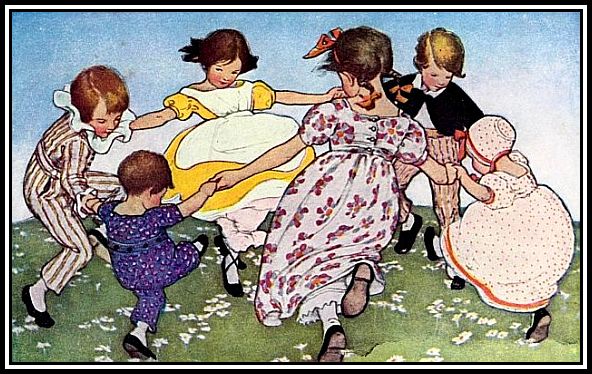 Illustration of the Nursery Rhyme by Jessie Willcox Smith, from The Little Mother Goose (1912)
Illustration of the Nursery Rhyme by Jessie Willcox Smith, from The Little Mother Goose (1912)
A ring, a ring o’ roses,
A pocket full o’ posies-
Atishoo atishoo we all fall down
Click here to hear the Nursery Rhyme sung
It has been proposed by the folklorists, Iona & Peter Opie, that a rosy rash was a symptom of The Plague and that posies of herbs were carried as protection and to ward off the smell of the disease. Sneezing was a final fatal symptom and all fall down signified death.
-oOo-
A NARROW ESCAPE
THE GREAT FIRE OF LONDON – 1666
The Great Fire of London was started on Sunday, 2nd September, 1666 in the Baker’s Shop of Thomas Farynor on Pudding Lane. Master Farynor stated that he had put out the fire in his oven once his baking was completed, but apparently, by the early hours, his shop was an inferno. The Fire spread along Pudding Lane and into Fish Hill towards the River Thames.
London’s Burning – Nursery Rhyme
-oOo-
Once The Fire reached the River, it quickly spread through the warehouses, which were of wood and mostly stocked with combustible products. The Fire was unable to spread across London Bridge to the South Bank since the fire of 1633 had destroyed a section of it.
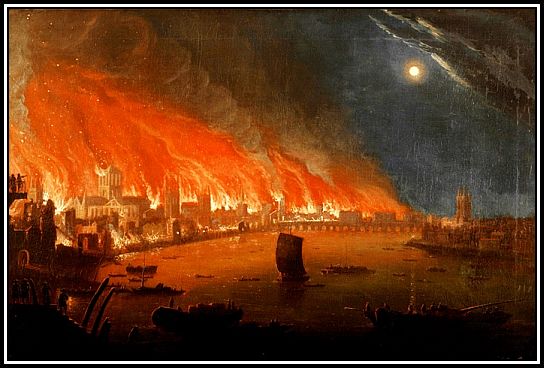 Painting of The Great Fire of London by an unknown artist ~1700 ; from The London Fire Brigade website
Painting of The Great Fire of London by an unknown artist ~1700 ; from The London Fire Brigade website
-oOo-
During the Great Fire, Master Pepys was living and working at the Navy Office Buildings on Seething Lane. According to The London Fire Brigade Archives, it was Master Pepys who was responsible for saving both the Navy Office and St. Olave’s Church by having the nearby buildings pulled down.
-oOo-
Other sources offer a different view of the saving of the Navy Office and St. Olave’s Church: it is suggested that these buildings were saved as a result of the intervention of Admiral Sir William Penn (1621-1670) who had given the orders to destroy the buildings close by. Sir William Penn was the father of William Penn (1644-1718), the founder of the Province of Pennsylvania in English North America.
-oOo-
According to The London Fire Brigade Archives, Master Pepys recommended to Charles II that buildings in the path of The Fire should be pulled down in an attempt to halt its progression. Master Pepys also suggested that the Admiral of the Navy order houses in the path of the fire to be blown up using gunpowder. His requests were carried out and The Great Fire was halted on the morning of Wednesday, 5th September, 1666.
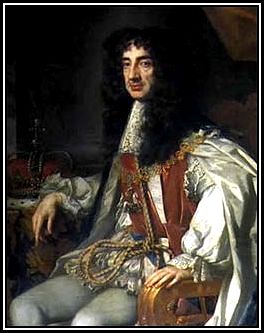 Master Pepys noted in his Diary of 1666, that Charles II was seen to be helping to put out the fire!
Master Pepys noted in his Diary of 1666, that Charles II was seen to be helping to put out the fire!
-oOo-
The Great Fire of London was finally stopped at the corner of Giltspur Street and Cock Lane in Smithfield. The site is commemorated by a small wooden statue of a boy covered with gold and known as The Golden Boy of Pye Corner.
During the course of The Fire, many residents of the City of London were forced to evacuate their homes and leave what they could not carry. A number of residents were able to save their valuables by burying them. Master Pepys wrote that he buried some expensive wine and cheese, which he recuperated once the fire was brought under control.
-oOo-
Up by five o’clock, and blessed be God! find all well, and by water to Paul’s Wharf. Walked thence and saw all the town burned, and a miserable sight of Paul’s Church, with all the roof fallen, and the body of the choir fallen into St. Faith’s; Paul’s School also, Ludgate, and Fleet Street.
Samuel Pepys, 3rd September, 1666
The Great Fire of 1666 destroyed much of the City of London with many churches being destroyed including Old St. Paul’s Cathedral. Temporary buildings were built at the request of the King to offer shelter, however, they were to prove less than ideal against the harsh winter that followed. Disease soon broke out and spread throughout the City with many dying from a variety of ailments.
It was estimated that the cost of The Great Fire was £10,000,000 at a time when the annual income of The City of London was only £12,000. Many residents found themselves ruined. At least 13,200 houses were destroyed and over 100,000 people were made homeless. Charles II recommended that people, especially French and Dutch immigrants, leave the City since he was fearful of rebellion.
-oOo-
In 1986, The Worshipful Company of Bakers apologised to the Lord Mayor of the City of London for one of their members, Thomas Farynor, having been responsible for starting The Great Fire of London in 1666.
-oOo-
Sir Christopher Wren (1632-1723), Architect and Surveyor to the King’s Works, was given the task of rebuilding the City of London, which included the rebuilding of fifty two churches. Later in 1669, he was charged with the re-building of St. Paul’s Cathedral.The Cathedral was consecrated in 1708 and completed in 1710.
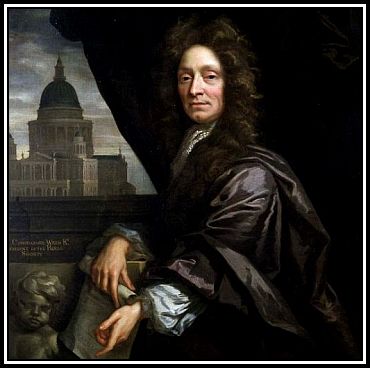 Master Wren was knighted in 1673 for his work in the reconstruction of the City of London
Master Wren was knighted in 1673 for his work in the reconstruction of the City of London
-oOo-
To commemorate The Great Fire of London of 1666, Robert Hooke (1635-1703), Surveyor of London, and Christopher Wren designed The Monument, which stands at the junction of Monument Street and Fish Street Hill.
The Monument is a fluted Doric Column and is 202 feet (62 metres) in height and 202 feet from the bakery in Pudding Lane where The Great Fire started on 2nd September, 1666.
The Bas Relief of The Monument was the work of Caius Gabriel Cibber (1630-1700), a Danish sculptor who also worked with Sir Christopher Wren on St. Paul’s Cathedral and Hampton Court Palace. He was later appointed Carver to the King’s Closet by William III.
-oOo-
-oOo-
The building of the Column was completed in 1677. Since then, visitors have climbed the 311 spiral steps up to the viewing platform at the summit to enjoy the constantly changing view of London.
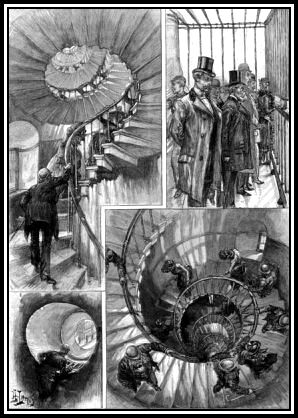 Views of the interior and of the viewing platform of The Monument published in The Graphic in 1891
Views of the interior and of the viewing platform of The Monument published in The Graphic in 1891
-oOo-
The Monument was originally designed both to commemorate The Great Fire and for The Royal Society to conduct scientific experiments. It was also intended to be a Zenith Telescope to observe the movements of stars, as there is a hollow shaft running from a cellar in the base, up the centre of the column, to a hatch in the flame at the summit. Today neither the cellar nor the hatch are accessible to the public.
-oOo-
ST. OLAVE’S CHURCH
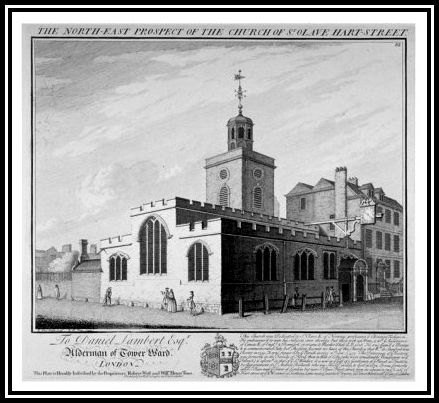 Engraving of St. Olave’s Church by William Henry Toms (1700-~1758)
Engraving of St. Olave’s Church by William Henry Toms (1700-~1758)
The Bells of St. Olave’s Church
-oOo-
MY FIRST VISIT
I remember St. Olave’s Church very well from my childhood, as I first visited the Church was when I was in Infants School, as such a school used to be called before the adoption of terms as Kindergarten and Primary School.
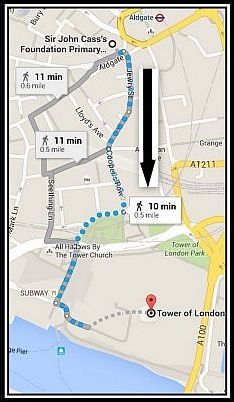 The Route from School to The Tower
The Route from School to The Tower
I remember walking from Aldgate to The Tower and being shown The Crown Jewels, The Ax and Block and Traitors Gate. However, being only five or six years of age, what I recall the most is being allowed to buy one ice cream at the open air refreshment kiosk close to the entrance to The Tower. I remember that our teacher, Miss Davis, made it clear that we were only to buy one ice cream each. However, the girls at the front of the queue bought two and later pretended not to have heard Miss Davis’ demand. Of course they had heard her, but it was too late for Miss Davis to anything about their purchase. I remember still that they bought two chocolate coated waiver ice cream and I bought one cornet. Nearly all ice cream was vanilla-flavoured at that time – no vast range which is now available. I still buy vanilla-flavoured ice cream, not having patience or the taste to sample the many so-called adventurous flavours.
After our refreshment interlude, we continued on to St. Olave’s Church. Upon reflection, I am surprised that we, as mere five and six year-olds, were able to walk from Sir John Cass Foundation School at Aldgate to Pepys and Hart Streets. I remember how we waited in an orderly fashioned to cross roads when told to do so by Miss Davis and how we walked, in twos, in a line without failing behind the class by running off to look at distractions.
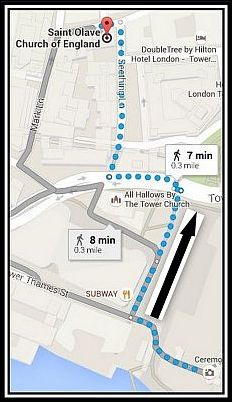 The Route from The Tower to St. Olave’s Church
The Route from The Tower to St. Olave’s Church
I would like to be able to say that it was then that I first discovered Master Pepys, but I fear, and ashamed to say, that neither he nor his wife evidently made any impression on me. The only part of the Church that I do remember is the Crypt. I remember walking down the steps to the Crypt and noticing the white walls.
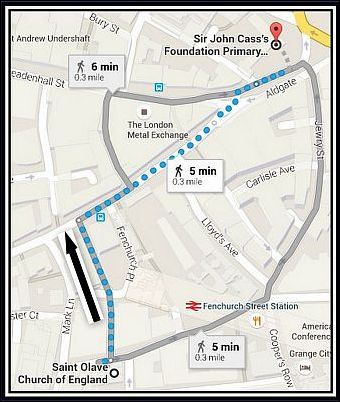 The Route from The Church to The School
The Route from The Church to The School
My parents had a large cellar under their shop, which they had when I was a child. This had been the only underground room I had seen at the time if you do not count the Bomb Shelter that I spent time in as a baby. Our cellar was dimly lit and damp. It acted as a store for potatoes and other things and had a huge freezer for meat. The steps down to this dim dark cavern were dangerous and I was told not to go down. As a result, our cellar became a secretive and eerie area that frightened me! I imagined all kinds of dangerous creatures lurching there.
 The Crypt of St. Olave’s Church
The Crypt of St. Olave’s Church
Finding the Crypt of St. Olave’s Church to be bright and white was quite a revelation to me and its image stuck in my mind and it was this image that came to my mind in November 2014 when I returned to the Church for the first time since my initial visit.
-oOo-
INTRODUCTION
St. Olave’s Church at the corner of Seething Lane and Hart Street is one of the few surviving medieval buildings in London. Apparently flames came within a hundred yards of the church during The Great Fire of London in 1666, but left it unscathed, as a result of a change in the direction of the wind. This also allowed a number of buildings east of the Church to survive. Sadly, the Church was not as fortunate in 1941 during The Second World War (1939-1945), when it was severely damaged by bombing. During the 1950s, the building was restored maintaining and incorporating as much as possible of the remains of the Church in the restoration.
The Church’s restoration was completed in 1954 and was rededicated with King Haakon VII of Norway (1872-1957) in attendance and laid a stone from Trondheim Cathedral in front of the Sanctuary. The King had worshiped here regularly during his exile during The Second World War.
(From The Royal House of Norway Website)
-oOo-
EARLY HISTORY
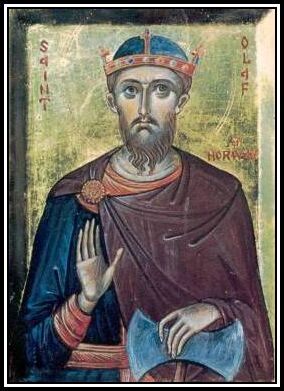 King Olaf/Olav of Norway (995-1030) died during the Battle of Stiklestad fighting in support of Christianity and in an attempt to unite Norway into one nation; he was canonised with his feast day being the 29th July
King Olaf/Olav of Norway (995-1030) died during the Battle of Stiklestad fighting in support of Christianity and in an attempt to unite Norway into one nation; he was canonised with his feast day being the 29th July
The original Church was dedicated to the Patron Saint of Norway, Olaf II who fought with Ethelred the Unready against The Danes in The Battle of London Bridge in 1014. A wooden church was built on the site of The Battle and named for King Olaf/Olav who was canonised following his death in 1030.
During the 13th Century, the original wooden Church was replaced by a stone building. It was rebuilt in the 15th Century with the present building dating from around 1450. Richard Cely (died 1482), a wool merchant and the Church’sAdvowson / Patron and most important benefactor, left sufficient monies upon his death for the building of the Church’sSteeple and Altar. Apparently, the Merchant Mark of the Cely Family was carved into two Corbels in the Nave, but were destroyed during a bombing raid of The Second World War. Today, no memorial dedicated to the Cely Family remains at the Church.
-oOo-
OUR OWN CHURCH
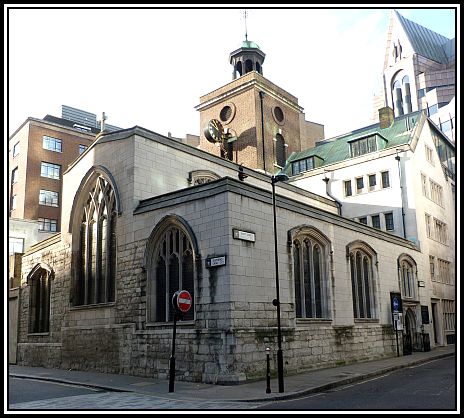 View of The Church from the junction of Seething Lane & Hart Street
View of The Church from the junction of Seething Lane & Hart Street
Today, the Church is best remembered for being the burial place of Master & Mistress Samuel Pepys and which he referred to in his Diaries as Our Own Church.
-oOo-
Samuel Pepys had a Gallery built In 1660 on the south wall of the Church and added an outside stairway from the Royal Navy Offices to it in order to keep him dry during rainy days when he wanted to attend services at the Church. Although the Gallery has been demolished, a memorial to Master Pepys marks the location of the stairway’s door.
 Memorial to Master Pepys seen on the South Wall of The Church
Memorial to Master Pepys seen on the South Wall of The Church
In 1669, when Mistress Pepys died, Master Pepys had a marble bust of her made by John Bushnell and installed on the north wall of the Sanctuary. Its position allowed him to see it from his pew during services.
When Master Pepys died In 1703, he was laid to rest next to his wife beneath The Altar.
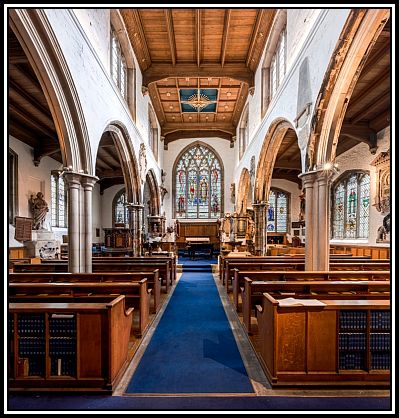 The Nave looking East toward The Altar
The Nave looking East toward The Altar
-oOo-
St Olave’s Church has retained both long and historic links with Trinity House and the Clothworkers’ Company.
-oOo-
RETURN TO ST. OLAVE’S CHURCH
The route from Tower Hill to Seething Lane proved difficult to walk, as it was filled with people walking in the opposite direction, all wanting to get to The Tower to see The Poppies. Once i got to Pepys Street, I could see the Church at the end of the road. The crowd had thinned by now. 
I have to confess that I failed to recognise the Church from previous visits. Once I got to the junction of Seething Lane and Pepys Street, I hurriedly looked at the exterior of the church. I decided to enjoyed a more detailed and leisurely look at it later once I had been inside. I was very eager to go inside and find the anything and everything related to Master & Mistress Pepys.
-oOo-
 Charles Dickens (1812-1870) called St. Olave’s Church, ‘Saint Ghastly Grim‘, but also said it was one of ‘my best beloved churchyards’
Charles Dickens (1812-1870) called St. Olave’s Church, ‘Saint Ghastly Grim‘, but also said it was one of ‘my best beloved churchyards’
This photograph is attributed to Dr. Andelys Wood, which appears in her article, The Stones of London: Public Art in Charlie Fletcher’s Stoneheart Trilogy, The Literary Journal, Volume 9 Number 2 (September 2011) & Online
-oOo-
I entered the Church through the entrance on Hart Street. Just inside the entrance was a table with food and information on the Church lain out. Since I had not eaten lunch, I bought some food and ate it while looking at the various leaflets, booklets and books on the table.
After my repose, I started my tour of the Church. At first, I was alone in the Church, but was joined later by a few other visitors. It was evidently not a busy day at St. Olave’s.
I found the Memorial to Mistress Pepys and sat in the Pew where Master Pepys had sat and looked over at it. I wondered how many times Master Pepys had sat there and remembered his wife and their good and bad days. Thinking of this reminded me of Greyfriars Bobby, the Skye Terrier, who spend the remainder of his days sitting at his master’s grave until he died. Although Master Pepys did not seem to sit and mope in his Pew constantly, it does seem that his affection for his wife did not entirely dwindle away since he chose to be buried close by her despite his having formed a relationship with someone else. However, he never married for a second time.
Memorial to Mistress Pepys
It is unfortunate that Master Pepys was unable to continue writing his Diary once he developed eye problems, as it would have been interesting to learn his thoughts in his later life.
-oOo-
It was not until I made my way down the steps to the Crypt that I remembered having visited the Church while at school. I am ashamed to admit that Master Pepys had evidently left no impression on me during this initial visit. My only excuse for this unforgivable oversight is my young age at the time ……… but this is no excuse when I think about it!
It was the brightness of the Crypt with its cobblestone walls that jogged my memory and caused me to remember my earlier trip. I had remembered the walls as being white, but now noticed my error. However, it was bright!
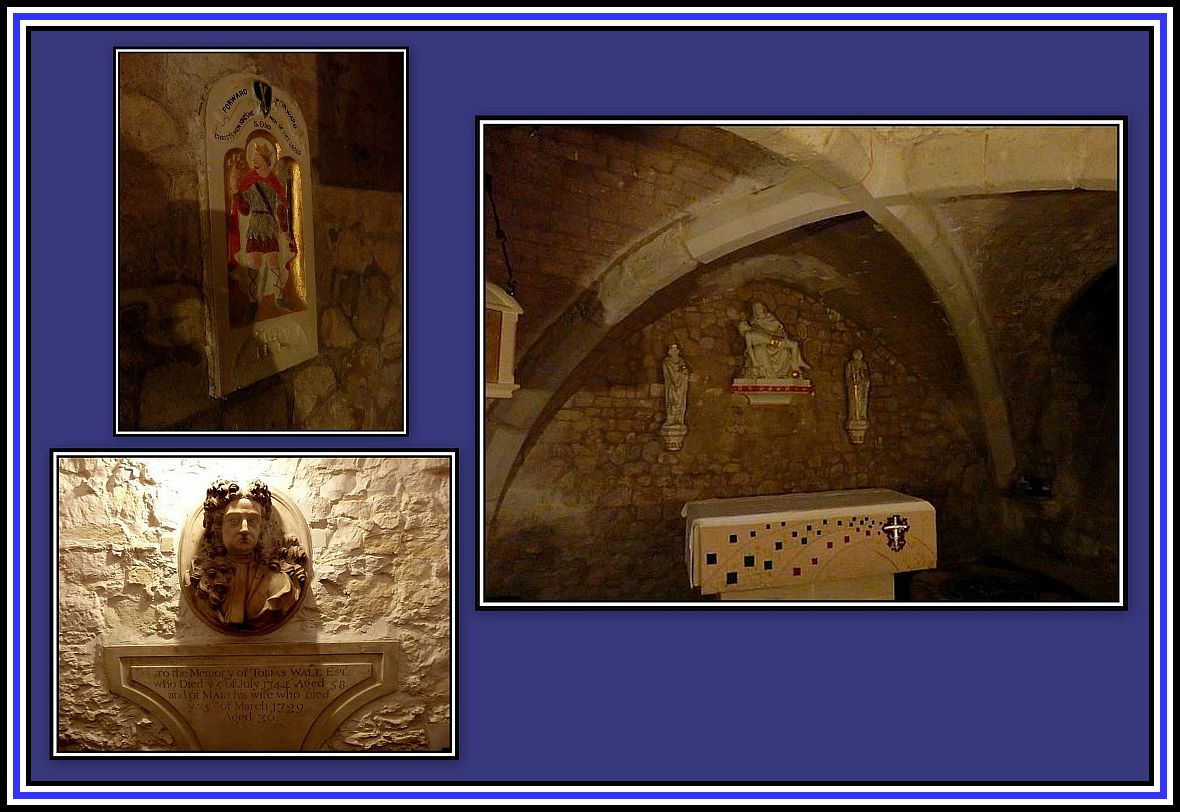 The Crypt of St. Olave’s Church
The Crypt of St. Olave’s Church
-oOo-
I found the Church to be most attractive, but then I have always enjoyed visiting The Churches of the City of London. Although I am not adverse to modern architecture, I do find it somewhat unfortunate that many of the towers and spires of these Churches are readily visible from a distance and few from the River Thames.
 Logo of The Friends of The City Churches
Logo of The Friends of The City Churches
-oOo-
After climbing the stairs of the Crypt back to the main body of the Church, I continued on my tour, which is described here in photographs:
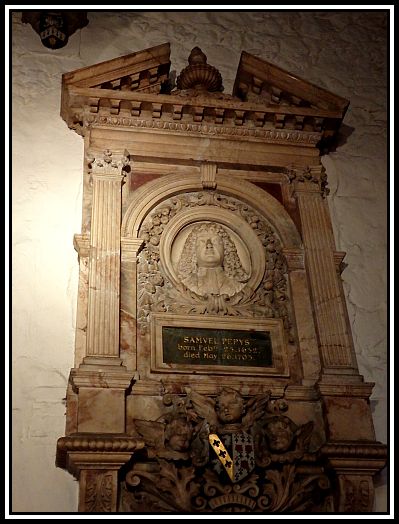 Memorial to Master Pepys on the South Wall of The Nave
Memorial to Master Pepys on the South Wall of The Nave
 A Memorial beneath that of Master Pepys’
A Memorial beneath that of Master Pepys’
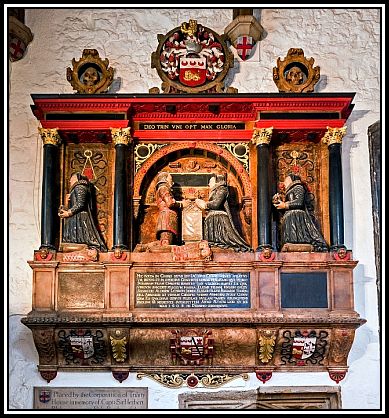 Dean’s Monument also on the South Wall of The Nave
Dean’s Monument also on the South Wall of The Nave
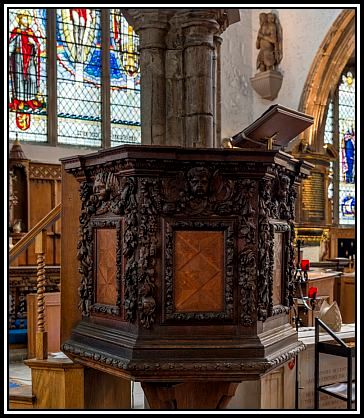 The Pulpit to the Right of The Altar
The Pulpit to the Right of The Altar
 Memorial to the Right of The Altar
Memorial to the Right of The Altar
 Commemorative Stone laid by King Haakin VII in June 1951
Commemorative Stone laid by King Haakin VII in June 1951
-oOo-
After my walk around the interior of the Church, I took one last look at the Memorials of Master & Mistress Pepys and at the Altar, beneath which they are buried.
Outside, although the sun had not completely set, there was a definite chill of winter in the air. The street lamps had already been lit and the lights of the Church now shone through the windows. I looked at the exterior of the Church and studied the gateway of St. Ghastly Grim, whose five skulls looked even eerier in the twilight. I noted the inscription beneath the three skulls over the entrance:
Christus Vivere Mors mihi lucrum (Christ lives, death is my reward)
-oOo-
It was time to leave The World of Master Pepys and hurry off home to supp and reflect and keep an account of the events of the day ……………. and once finished ………. dare I say it? …….
And So To Bed!
-oOo-
Readers can TWEET their LIKES & DISLIKES to me at
or
make comments on the Website’s FACEBOOK PAGE
or
consider leaving a Comment below.
——oooOOOooo——
ACKNOWLEDGEMENTS
I would like to thank Dr. Andelys Wood for allowing her photograph to appear here and Dr. Adele Lee of The Literary London Society for her consideration.
I would also like to thank all others that allowed their photographs to appear here.
——oooOOOooo——
Click here to RETURN to THE LIFE OF SAMUEL PEPYS
——oooOOOooo——
Click here to RETURN to the first page on THE LIFE & TIMES OF SAMUEL PEPYS
——oooOOOooo——
Click here to RETURN to the TABLE OF CONTENTS
——oooOOOooo——
——oooOOOooo——
——oooOOOooo——
Click here to GO to the POPPIES AT THE TOWER – PAGE 4
——oooOOOooo——
Click here to GO to the POPPIES AT THE TOWER – PAGE 3
——oooOOOooo——
Click here to GO to the POPPIES AT THE TOWER – PAGE 2
——oooOOOooo——
Click here to GO to the POPPIES AT THE TOWER – INTRODUCTION
——oooOOOooo——
5 thoughts on “ST. OLAVE’S CHURCH”
Leave a Reply


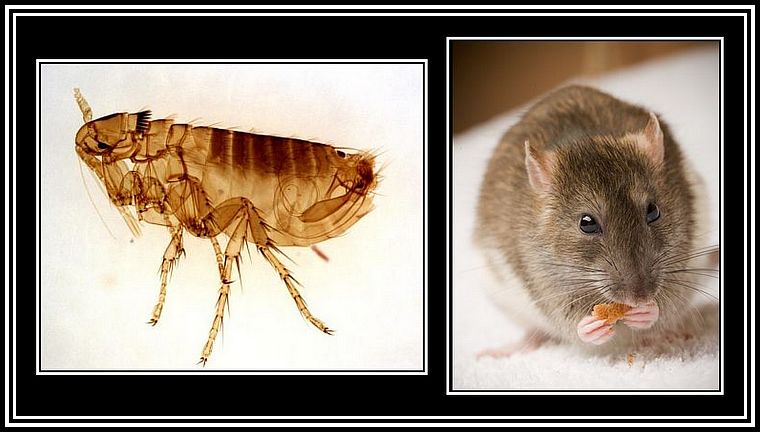


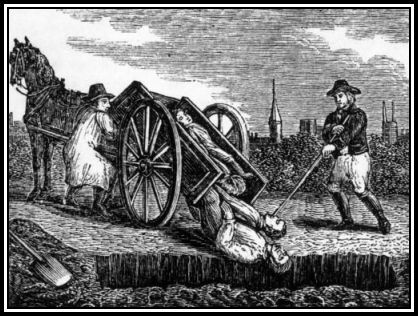
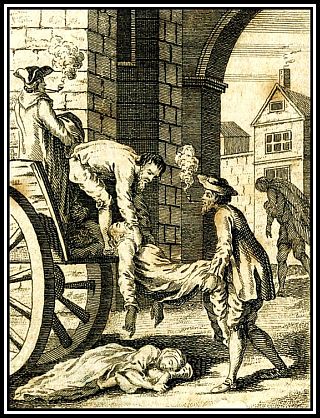
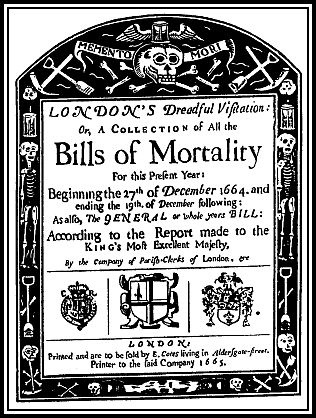
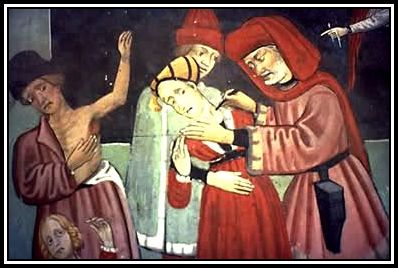

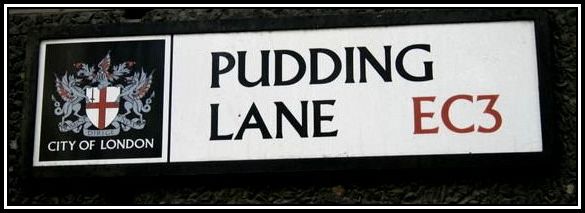
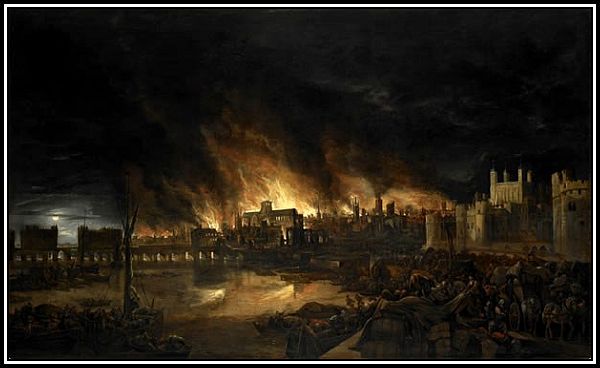
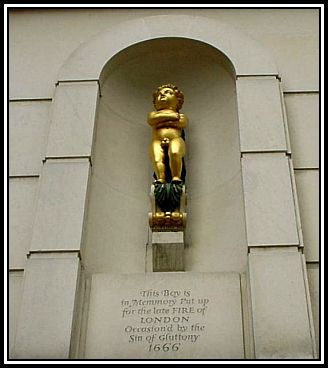
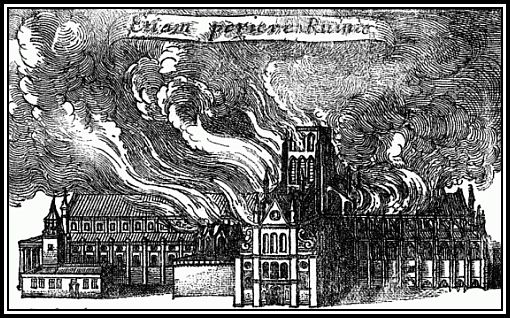
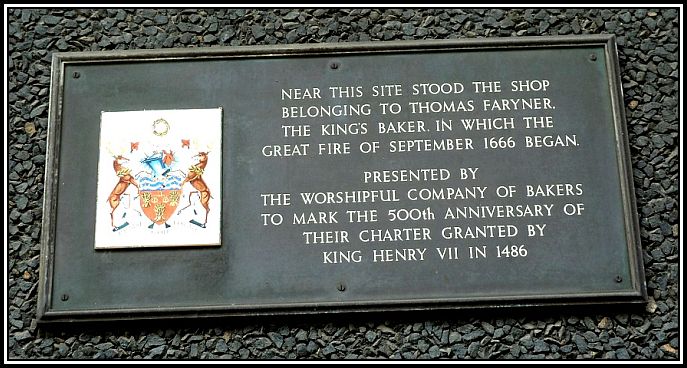
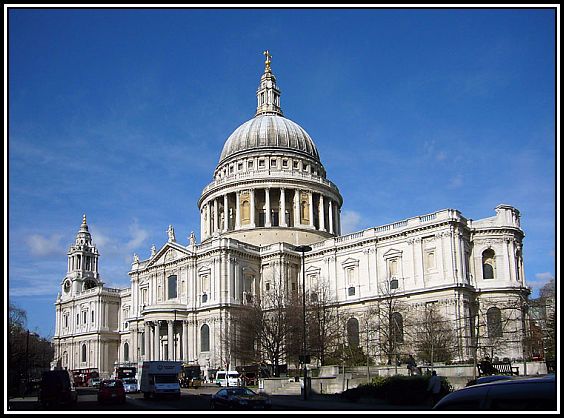
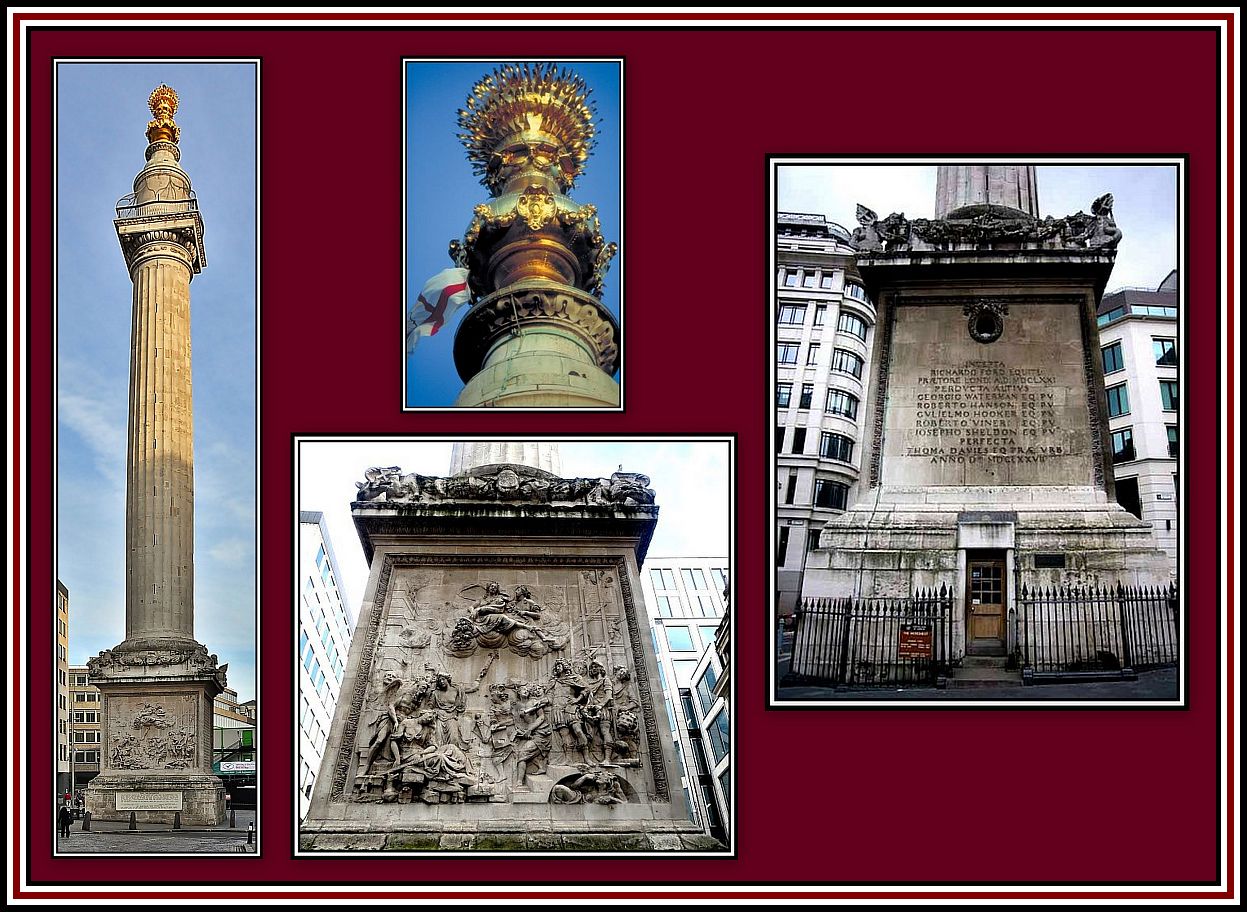
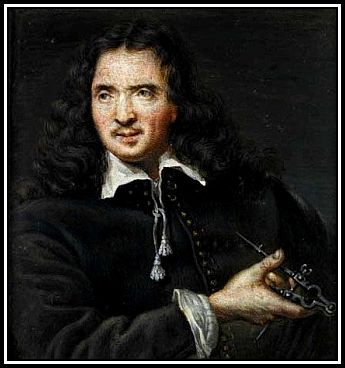
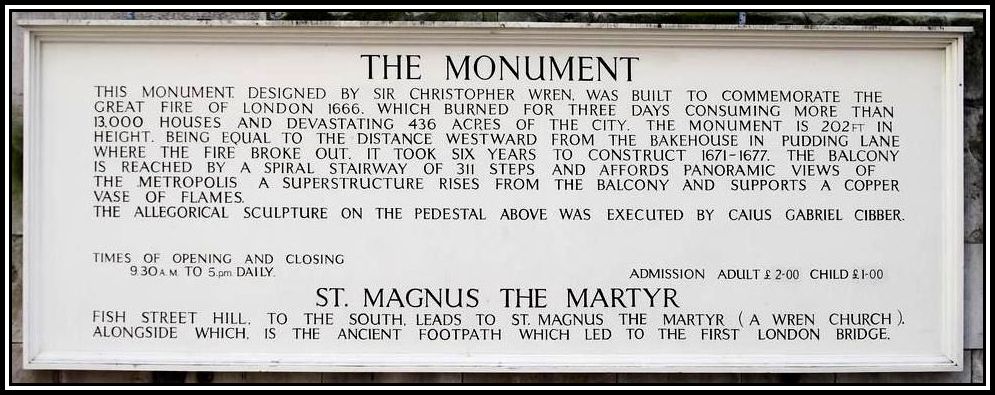

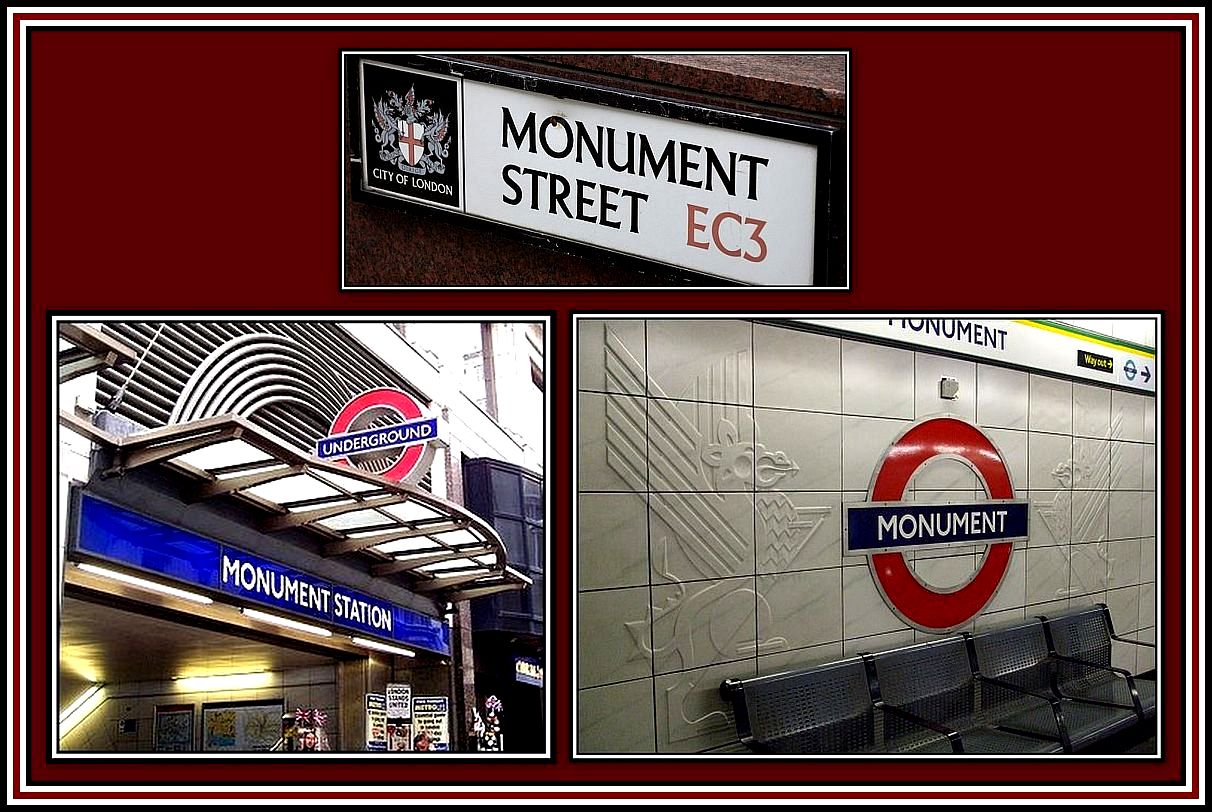


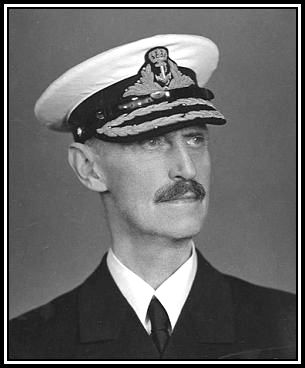
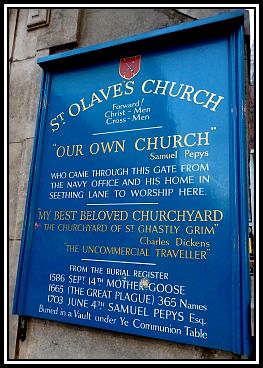

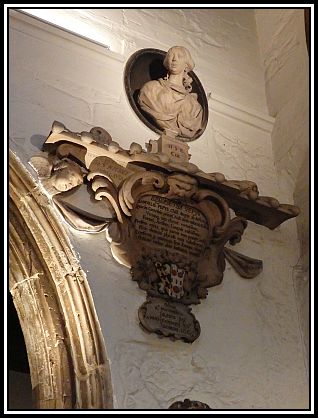

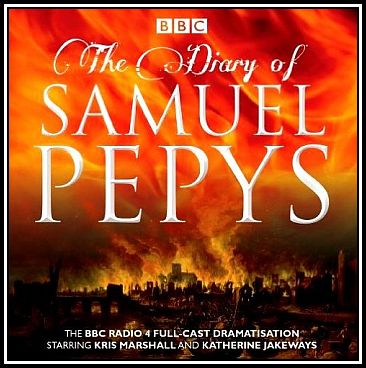




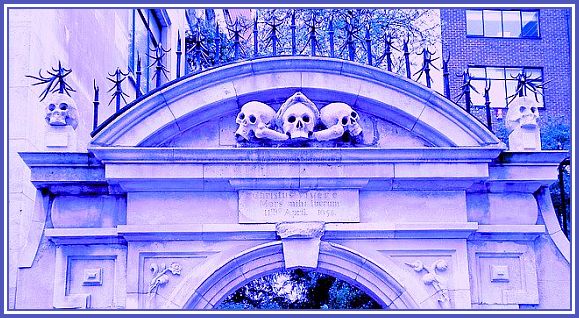

Thank you for this article and the photos you have included. I visited St. Olave’s in June 2019. It is now my favorite church in London. I attended a communion service that was held there in the early afternoon, and was very warmly received by those who attended the service and invited to tea and sandwiches afterwards. It is difficult for me to describe my feelings about the church, but I will try by saying I was very comfortable being at St. Olave’s. The Seething Lane entrance and the churchyard are very inviting. I found the inside wonderfully warm, and not packed with monuments like some old churches are. Everything was “just right”. I sensed the past of St. Olave’s, filled with so many believer’s hopes, fears, pains, peace, and faith. I wondered “who were the people who came to this church to worship sand pray”?
It is a memory that is very vivid and warm for me. Thank you to all the wonderful people at St. Olave’s, and my God’s blessing be on you.
Ronald Harnack
Sunnyvale, CA USA
Thank you very much for your kind comment. I am grateful to you for taking time to write and am glad that you enjoyed this page.
I so enjoyed reading of your visit, I visited this place in 1994 before I moved to North America, I am a lifelong fan of Sam Pepys, I was introduced to him at school around age 8, I very much enjoyed the fabulous photos and it is just like being there and your enjoyment was so obvious, it made it even more enjoyable. thank you for the tour, I am going to keep this on my favourites,
Warm regards
Christine,
I already left a comment but for some reason it didn’t show up here, I have been a fan of Pepys since around age 8 when my history teacher taught us about him. My visit to St Olaves was around 1995 before I moved to North America, all I can say is thankyou so much for this wonderful trip around this amazing church, you brought Pepys to life and such amazing photographs, if you should ever consider doing the same at Brontë parsonage that would be fantastic, I shall check back occasionally to see where else you bring to life?….again thankyou?
Regards
Christine.
Christine: Thank you very much for visiting my website and for sending a comment. Master Pepys is a wonderful character and St. Olave’s is a church of great interest. Thanks again. Charles